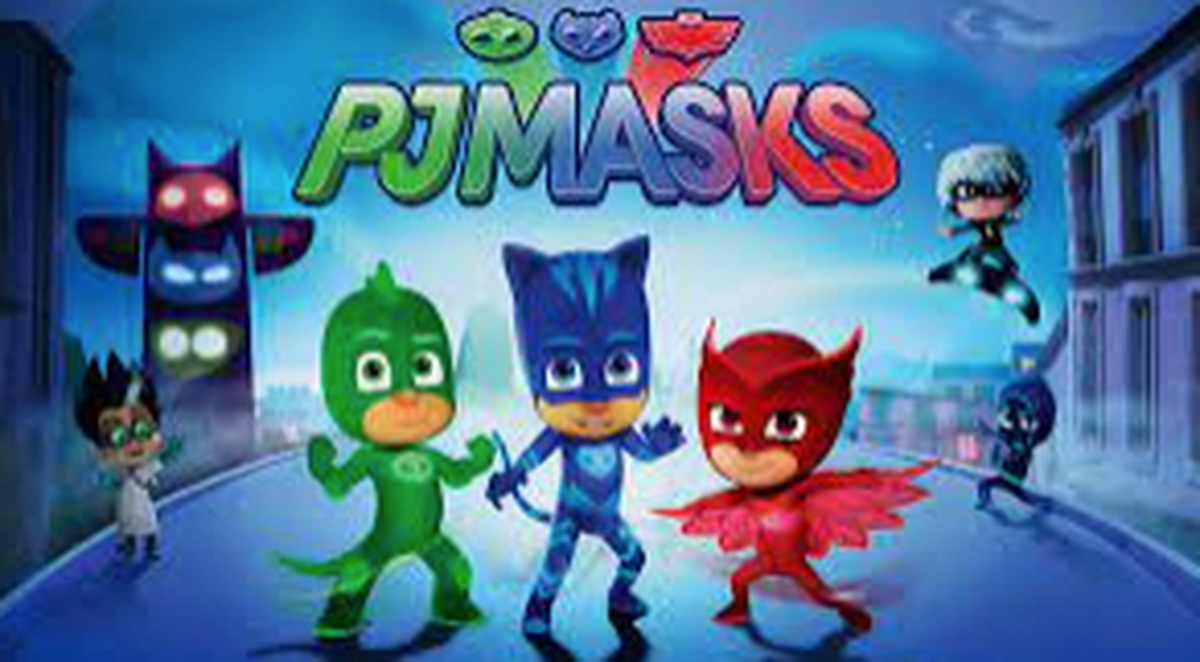By: Jess Mazzone
Chemistry was not my forté. I still remember picking up my chemistry textbook and feeling like it was written in a different language. I wished I had strategies to pick out what was most important, to get the gist of the text, and to make meaning when concepts felt tricky.
For some of our readers, approaching test passages is like my experience in chemistry. The passages are far too sophisticated and overwhelming. Today, I’ll share 3 tips to give your students who are reading below benchmark to help them handle and comprehend complex texts.

Tip #1: Preview the Text
Previewing the text will give readers a head start no matter what genre they’re reading. Teach students to:
Read the directions
Notice the title
Look at the subheadings
Unpack any bold words
Study any pictures, diagrams and captions
After doing this, readers can ask, “What’s this passage mostly about?” and they will already have a general understanding of the most important parts!

Tip #2: Read to Get the Gist
One thing that makes the test prep passages more challenging for students reading below benchmark is the level of text complexity. Many of the test passages are more sophisticated than the texts kids are used to reading. Instead of reading each and every word, you might teach some students to read to get the gist of the text. You might encourage students to:
Read only the first and/or last sentence of each paragraph
Ask themselves three big questions:
“WHO is this about?”
“WHAT is happening?”
“WHY is this important?”
This will not only support comprehension of high-level passages, but preserve stamina and ease frustrations.


Tip #3: Practice Chunking Sections
Let’s talk about popular kids’ shows. Think Peppa Pig vs. PJ Masks. When young children are watching a 25 minute episode of Peppa Pig, the show is broken up into chunks. That is, within each episode, there are a few different short stories. The viewer only has to comprehend a few minutes at a time before the content changes. Now think about PJ Masks. In each episode, there is only one storyline. So to comprehend it, the viewer has to hold onto much more content across a longer period of time.
The same is true as readers move from less sophisticated texts to more sophisticated texts. The content accumulates over a longer period of time. Teach your readers to create their own chunks within each longer text by:
Identifying the beginning, middle and end of the passage
Reading one chunk at a time
Pausing to retell and make notes about that part
Moving onto the next chunk and repeating the work
This will build in automatic breaks for readers and allow them to take control of the text’s structure.

___________
Interested in more literacy professional development resources? Be sure to subscribe to our emails to receive early access to our monthly teacher toolkits.




